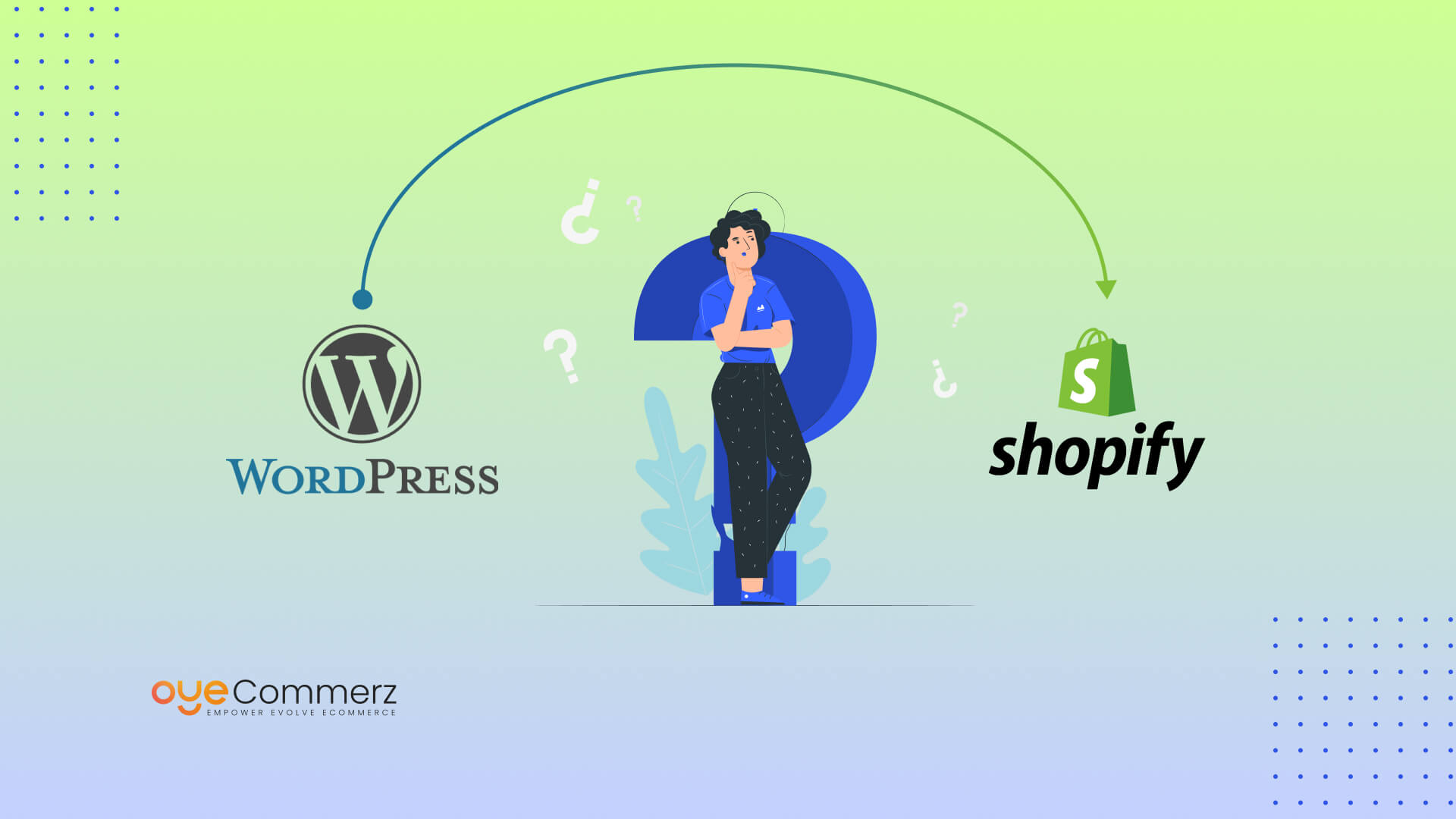Seamless WordPress to Shopify Migration: Your Definitive Guide to E-commerce Success
Seamless WordPress to Shopify Migration: Your Definitive Guide to E-commerce Success
Blog Article
Shifting from WP to Shopify marks an exciting step in optimizing your online store operations. As businesses expand, choosing a solution that aligns with growth potential, UX, and customization is essential. Shopify has emerged as a preferred choice for e-commerce professionals, offering unmatched adaptability, security, and user-friendliness. In this guide, we will delve into the transformative impact of this migration, highlight the advantages, and share actionable steps to ensure a seamless transition.
1. Why Switch from WP to Shopify?
WordPress, paired with WooCommerce, continues to support countless online stores. Nevertheless, as companies expand, challenges like reliance on plugins, security vulnerabilities, and technical complexities can hinder growth. Shopify, specifically created for e-commerce, eliminates these concerns with an comprehensive, intuitive solution. Statistics supports this transition—Shopify hosts over 4.4 million websites worldwide, with a reported 10% boost to sales conversion rates for numerous merchants after migration.
2. Key Benefits of Shopify for E-commerce Success
Shopify’s robust ecosystem is tailored for expanding businesses. Its standout benefits are:
- Effortless Design Flexibility: Shopify offers over 80 expertly crafted themes.
- Integrated Tools: Capabilities such as Shopify Payments and built-in SEO streamline operations.
- Global Reach: Multi-currency support and localization features enable businesses to expand internationally.
Additionally, Shopify boasts an availability percentage of 99.98%, guaranteeing your store remains accessible.
3. Getting Ready for Your WordPress-to-Shopify Transition
Before migrating, evaluate your existing setup. Review inventory details, client information, and SEO performance. Resources such as Shopify’s Migration Kit or third-party solutions can simplify this process. Develop a detailed strategy, ensuring all resources—item details, media files, and blog content—are ready for seamless import.
4. Data Migration: A Critical Step
Transferring your data is a cornerstone of a successful platform switch. When migrating from WordPress to Shopify, focus on:
- Product Information: SKU, Shopify store optimization item summaries, and groupings.
- Client Information: Emails, purchase records, and custom fields.
- SEO Optimization: Preserve meta tags, URLs, and forwarding paths to avoid SEO losses.
Use apps like LitExtension to streamline data transfer while minimizing errors.
5. Customizing Your Shopify Store
After the move, customizing your Shopify store ensures it reflects your business identity. Utilize Shopify’s intuitive page builder to create layouts with ease. Shopify's templates are optimized for all devices, providing a seamless UX across platforms—a critical factor, given 74% of e-commerce traffic comes from mobile users.
6. Maintaining SEO During Migration
SEO is vital for maintaining your online presence during migration. Shopify excels in SEO with organized link formatting, preloaded features, and seamless blog integration. Make sure you:
- Set up URL forwarding for old URLs.
- Enhance updated content with targeted phrases.
- Leverage plugins like Plug in SEO to track analytics post-migration.
7. Essential Tests After Migrating to Shopify
After finishing the transfer, run detailed checks.
Review: - Website speed (Shopify delivers faster speeds compared to WordPress).
- Functionality of payment gateways and checkout processes.
- Adaptability across devices.
Quality assurance guarantees your store delivers a smooth shopping experience from the start.
8. Real-Life Success Story
An example of effective platform switching is Gymshark, a fitness apparel brand that moved to Shopify. After the switch, the company saw a 60% increase in mobile sales and significantly lowered site downtime. This showcases the potential of Shopify in enhancing online business success.
9. Overcoming Common Migration Issues
Migration is not without obstacles, such as data integrity and reconfiguring custom functionalities. However, Shopify’s extensive assistance and third-party experts simplify the process. Collaborating with experienced Shopify developers helps guarantee a smooth transition.
10. Making the Switch: The First Step Toward Success
Switching from WordPress to Shopify represents a strategic decision to online retail. By addressing scalability, simplifying management, and enhancing the customer experience, Shopify enables companies to thrive in competitive markets.
Final Thoughts
Transitioning from WP to Shopify is a strategic move that can significantly boost your e-commerce success. With a robust migration plan, the appropriate resources, and expert support, you can achieve Seamless Shopify migration new growth opportunities.
Ready to make the leap? Let’s discuss how our Shopify migration services can transform your e-commerce platform. Get in touch today, or consider: Can your business afford to miss out on Shopify’s growth potential?
 Report this page
Report this page